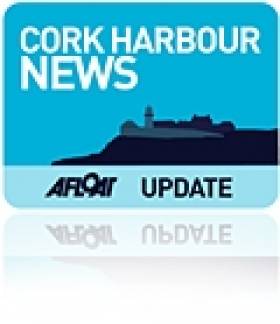Displaying items by tag: Sydney Harbour
Australia's Home Triumph at SailGP Sydney Harbour
Australia claimed its first SailGP Season 4 win by triumphing over ROCKWOOL Denmark and New Zealand in an action-packed, three-boat Final on Sydney Harbour at the weekend.
A dominant performance on home waters throughout the weekend saw the Aussies qualify for the Final alongside the Kiwis and ROCKWOOL DEN, with France once again falling short of a top-three finish by the narrowest of margins.
And following a hard-fought battle in the event-deciding clash, it was Tom Slingsby's team who secured the victory to delight the watching crowds who lined the shores of Genesis Island and Sydney Harbour this weekend.
 Australia's Home Triumph at SailGP Sydney Harbour
Australia's Home Triumph at SailGP Sydney Harbour
Cork Harbour to Get €1bn Makeover into 'Sydney of Europe'
#CorkMakeover - In an image published on the Irish Independent (click here), this is what Cork harbour will look after a massive €1bn makeover that will transform it from an industrial eyesore, into one of the world's great maritime and tourism centres.
Cork ranks as one of the world's five great natural harbours and, in the 19th century, was arguably the most important port for Britain's Royal Navy as it controlled the Atlantic approaches.
In the early 20th century, Cork harbour was also one of the world's busiest cruise liner ports and was associated with such famous ships as RMS Titanic, RMS Lusitania and HMS Dreadnought.
Cobh Harbour was the last mooring of the Titanic before she set sail for the open Atlantic in 1912,never to return. The White Star Line office, where tickets were bought for the ill-fated sailing, is now a museum and heritage centre based around the massive liner.
But over 100 years of under-investment and problematic industrial projects has left Cork with a depressing harbour legacy. For more on this story, click HERE.






























































